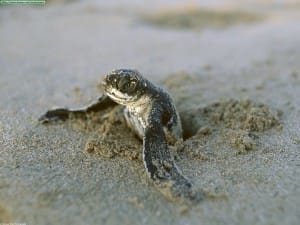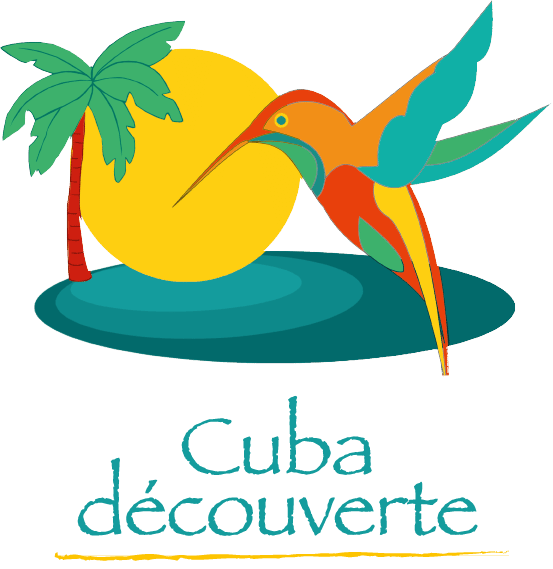Below you’ll find a practical guide to help you prepare for your trip to Costa Rica.
Entering and leaving the country
Documents required for travel to Costa Rica:
- Passport valid for at least 1 day beyond the date of departure from Costa Rica.
- For stopovers, check the validity of your passport, which may be different from that required in Costa Rica.
- Have a return ticket or a ticket to another destination
Time difference
With respect to New York, for example:
Summer time: Noon at Costa Rica = 2pm in NYC
Winter time: Noon at Costa Rica = 1pm in NYC
Vaccinations
FROM APRIL 1, 2022 vaccinated or not
No more Covid formalities. Back to normal.
We recommend that you are up to date with your basic vaccinations: Tetanus, Polio, Hepatitis…
You will need to present a yellow fever vaccination certificate if you have visited the following countries in the 3 months preceding your arrival: Colombia, Bolivia, Venezuela, Brazil, Ecuador, Peru, French Guiana, Gambia, Guinea, Sierra Leone, Liberia, Ghana, Niger, Gabon, Congo, Sudan, Angola, Benin, Cameroon, Sudan, Burkina Faso.
Banks and credit cards
–
Banks are present throughout the country, as are ATMs (in colon or colon and dollar) except in Tortuguero and Drake. Visa, Mastercard and American Express are accepted everywhere.
It is advisable to arrive with a few dollars in denominations of $10 or $20, so as not to be destitute at the start of your stay.
Travellers cheques are accepted at the country’s two main banks: Banco de Costa Rica (BCR) and Banco National, very rarely elsewhere.
Clothing and accessories
- Make sure you wear light clothing, short for the day and long for the evening – mosquitoes love tourists! Useful to know: they also love dark colors.
- You’ll need a jacket, sweater, light shoes, walking shoes or plastic boots, depending on your activities. Depending on your itinerary, we’ll tell you what not to forget.
- Electrical accessories: In Costa Rica, plugs are like in the USA (2 flat plugs + 1 round grounded plug). The current is 110 volts.
Most important of all: don’t forget your camera. If necessary, bring dehumidifier bags for your electronic devices, to prevent them from fogging up.
For your stay in Costa Rica, don’t forget to pack a small first-aid kit, handy for minor injuries…





